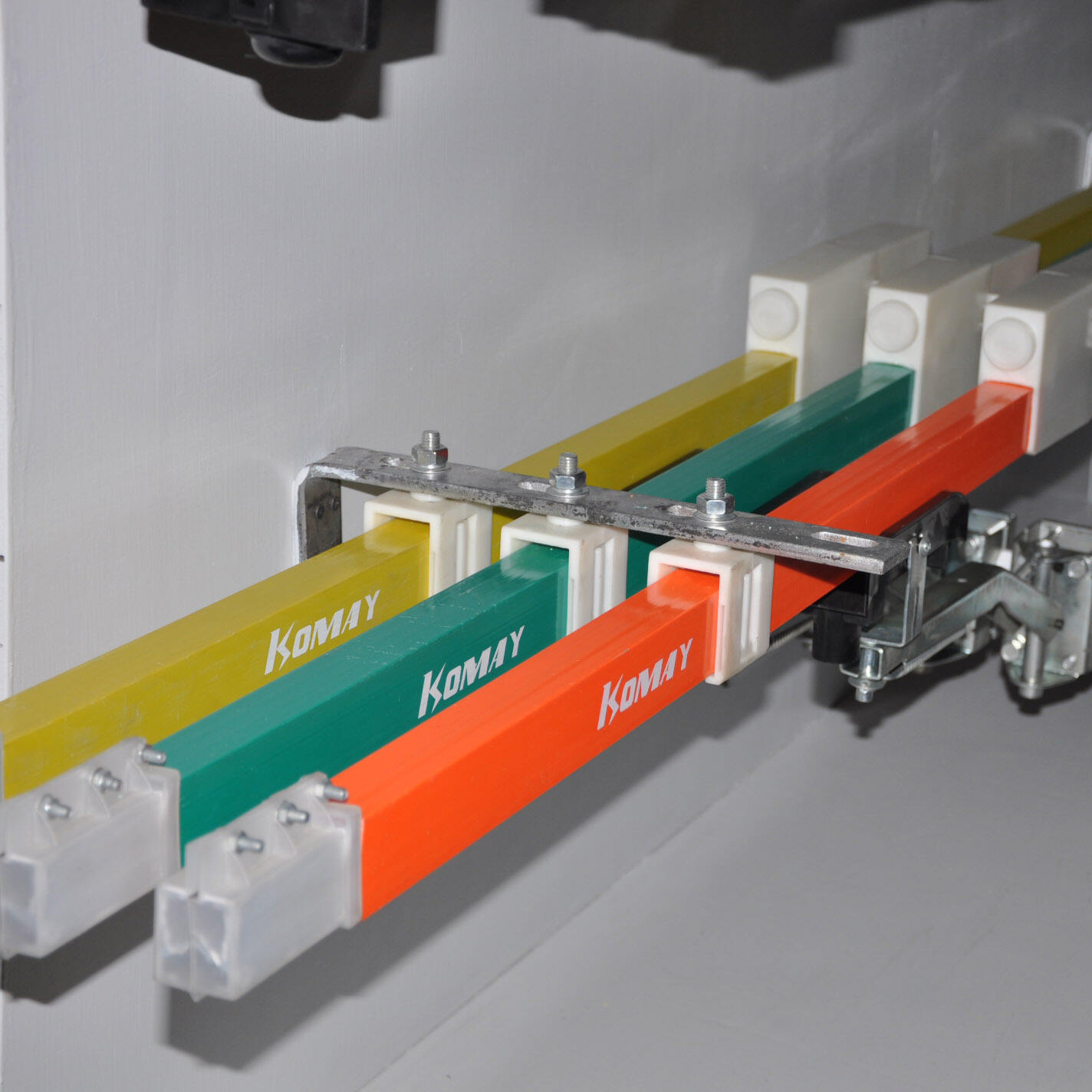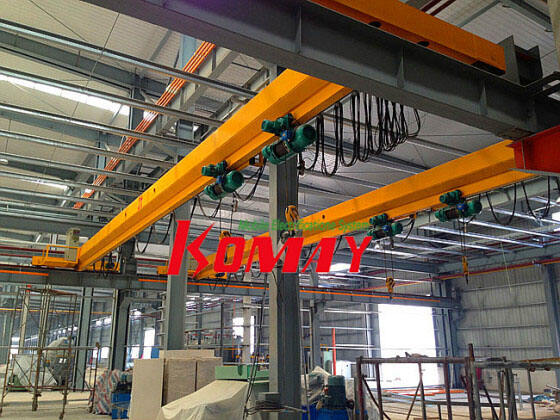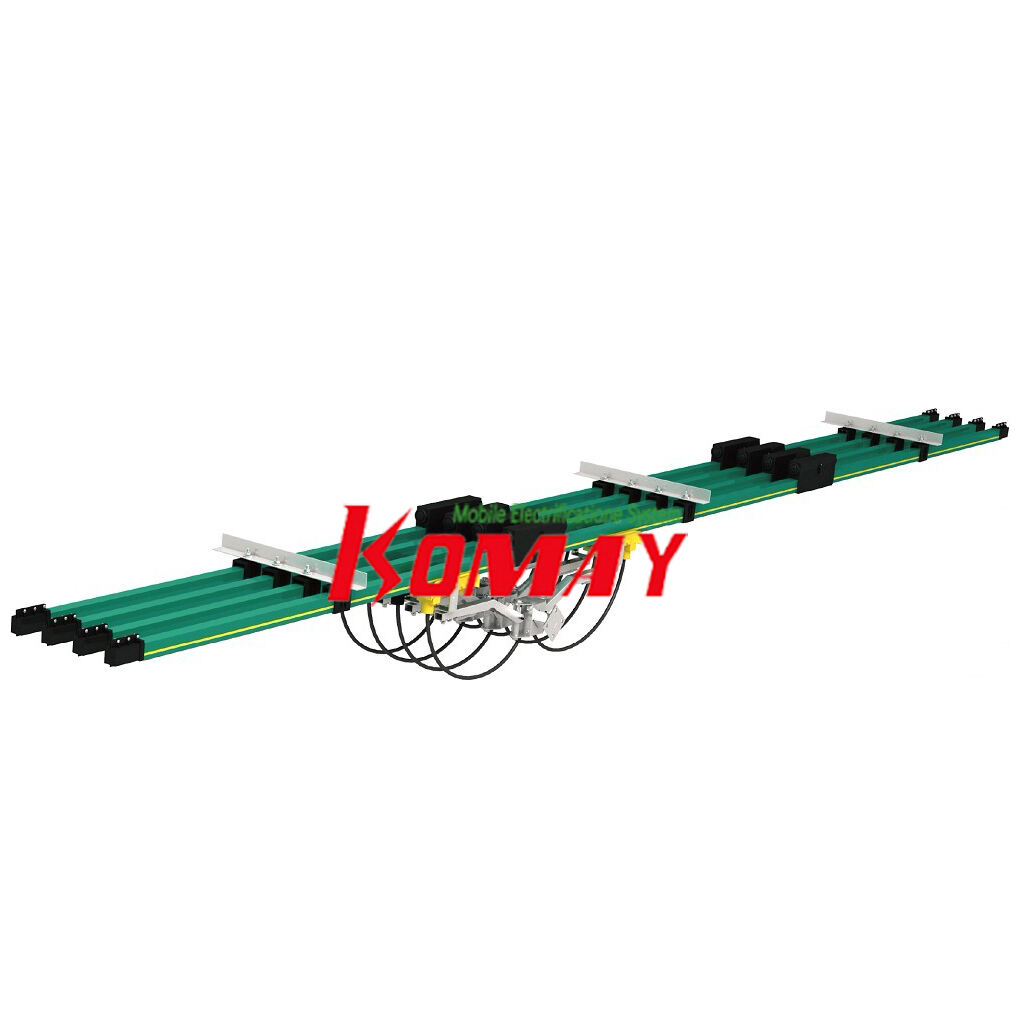Introduction
In contemporary industrial automation, good power distribution is extremely important to use and maximize productivity and to ensure constant operation. Busbars or conductor bars are extremely crucial in the provision of power to moving components of the automated system, including robot arms, gantry systems, and conveyor lines. Achieving the effective choice of conductor bar solution may substantially affect the levels of efficiency, maintenance expenses, and the service life of the system.
The article presents major aspects in deciding on efficient conductor bar solutions by Wuxi Komay Electric Equipment Co., Ltd. to automation equipment, such as the selection of material, design audits, and efficiency of the overall performance.

Key Considerations for Selecting Conductor Bars
1. Material Selection
Conductor material will influence the conductivity, longevity as well as heat performance. Ordinary materials are:
Copper: Provides high quality conductivity and corrosion resistance but it is heavier and costlier.
Aluminum: It is cheaper, easy to handle and less conductivity compared with copper.
Composite Materials: Newer conductor bars are using composite lining to increase their wear properties and minimize friction.
2. Current Capacity and Voltage Requirements
The conductor bar should be able to conduct the necessary current and voltage without overheating. The things to consider:
Amperage Rating: The amperage rating should be able to withstand the maximum loads.
Voltage Drop: Reduce the power to be lost due to the long distances being covered by utilizing the relevant cross-sectional proportions.
3. Flexibility and Movement Compatibility
Conductor bars In automation systems where mechanical parts move, dynamic motion should not cause wear or break down. Options include:
Rigid Busbars: These are good in fixed installations.
Flexible Conductor Bars (Energy Chains): Suitable to use with robotic arms and sliding devices.
Cable Carriers (Drag Chains): Serve to protect cables so that they can move easily.
4. Environmental Conditions
A conductor bar working in an industrial environment can be subjected to dust, moisture, chemicals or intense temperatures. Protective features are:
Ratings: IP Ratings (Ingress Protection): It makes the equipment to be dust and water resistant.
Coatings to resist corrosion: these are critical in the tough environment.
Heat Dissipation Design: Avoids over heating in high load applications.
5. Modularity and Ease of Installation
Modular systems of conductor bars are easy to expand and reconfigure which means that little downtime will be experienced when undertaking maintenance or uppers in the system.
6. Maintenance and Longevity
Self cleaning or wear resistant solutions with low maintenance requirements are also useful to cut down the costs of the operations. Look for:
Abrasion-Resistant Materials
Self-Lubricating Components
Inspection Inspection Easy-Access Design

Conclusion
Choosing the correct conductor bar solution to automation tools needs a proper consideration of the variables of electric, mechanical as well as environmental aspects. The consideration of efficiency, durability, and adaptability of the system allows the manufacturers to increase system reliability and minimize the long-term expenditures.

 EN
EN
 AR
AR
 HR
HR
 CS
CS
 DA
DA
 NL
NL
 FI
FI
 FR
FR
 DE
DE
 EL
EL
 HI
HI
 IT
IT
 JA
JA
 KO
KO
 NO
NO
 PL
PL
 PT
PT
 RO
RO
 RU
RU
 ES
ES
 SV
SV
 TL
TL
 IW
IW
 ID
ID
 LV
LV
 LT
LT
 SR
SR
 SK
SK
 UK
UK
 VI
VI
 SQ
SQ
 HU
HU
 TH
TH
 TR
TR
 AF
AF
 MS
MS
 BN
BN
 MN
MN
 KK
KK
 KY
KY
